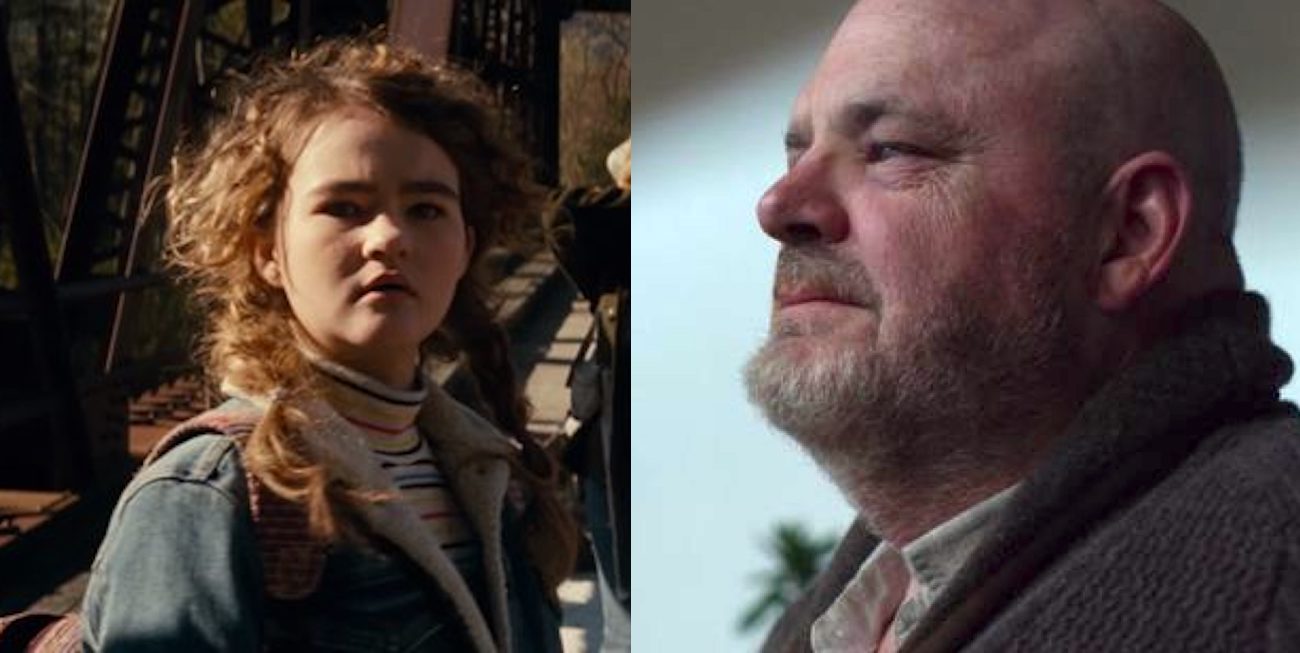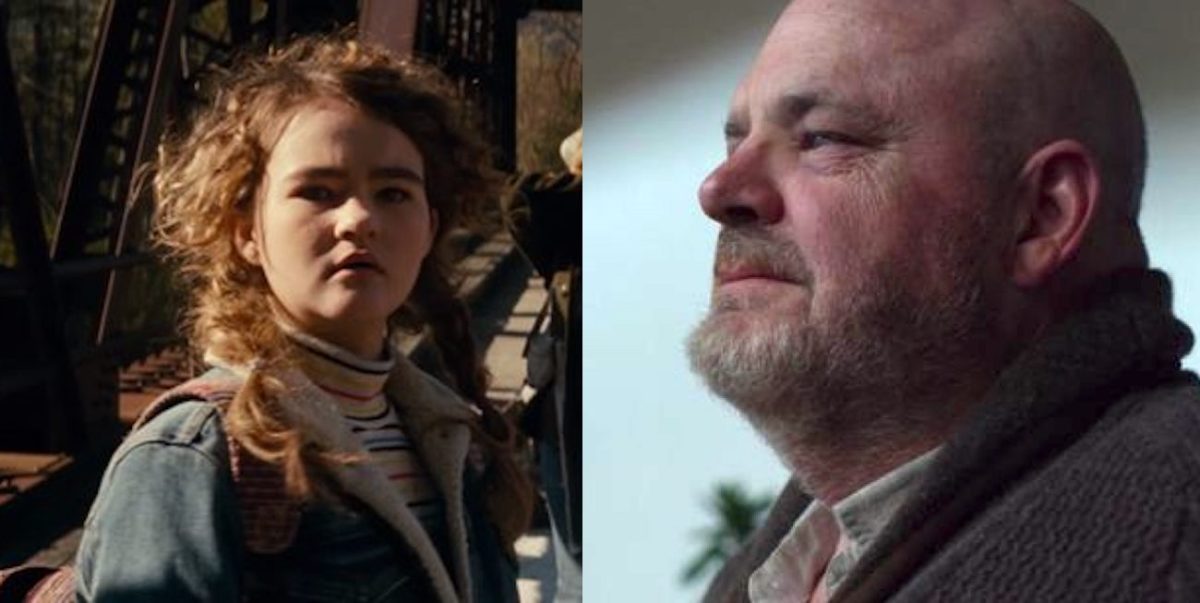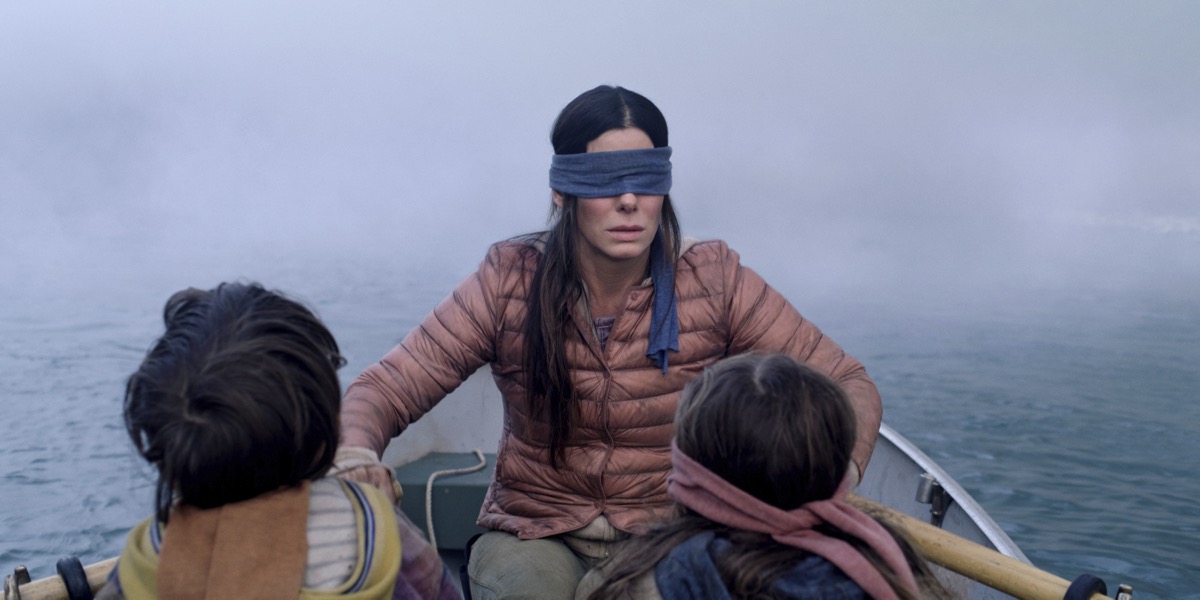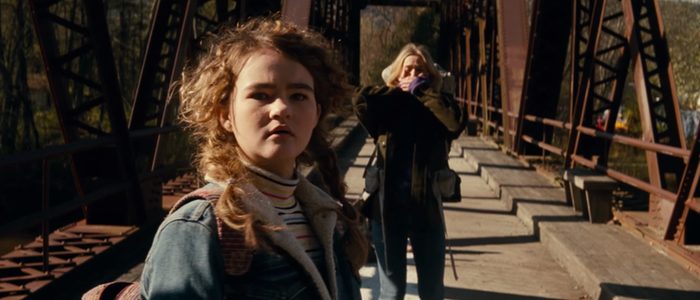Bird Box and A Quiet Place: The Trope of Disability as a Superpower and Sensory Horror

Two of the biggest horror movies in 2018, Bird Box and A Quiet Place, both draw fear from the viewer by eliminating a sense. In Bird Box, the characters cannot look at the monsters, lest they succumb to dark impulses. Similarly, in A Quiet Place, the movie’s monsters are attracted to sound, and the characters must live in a mostly silent world to survive.
This makes the viewer hyper aware of their own habits. A scream of horror might get them torn apart by the monsters in A Quiet Place, and the audiences have responded favorably to this unique sense-deprivation type of body horror. However, these films also have the unfortunate habit of playing into the “disability as a superpower” trope.
Neither one of these films are the first to explore this type of body horror. Hush, a 2016 horror film, features a deaf and mute protagonist named Maddie. However, it should be noted that Hush is a home invasion horror film and not a supernatural thriller.
This distinction is important when it comes to the point-of-view character. The fear from Hush comes from the suspense built by the audience having information that Maddie lacks (though this is also used briefly in A Quiet Place). In Bird Box and A Quiet Place, the suspense is drawn from a fear of making a mistake in a dangerous and unfamiliar world.
Notably, both Bird Box and A Quiet Place feature disabled characters, but their stories primarily focus on non-disable characters. At the end of Bird Box, our protagonists Malorie, Boy, and Girl learn that the utopia they were seeking was a school for the blind. Rick, the man they speak to on the radio who describes their perilous journey on the river (pictured above, right), is revealed to be blind, and he then provides a face to the disability the characters have been simulating throughout the film.
His blindness shows to the audience why he and the others have been able to survive in the world for so long—something almost every other character in the film has been unable to do.
Rick is the first and only named character in the movie who is permanently without his sight. He shows that the apocalyptic events have largely unaffected the community in which he lives. He alludes to the fact that the monsters still come, telling Malorie and her children that the birds warn the sighted people of their presence, but the community is still thriving. Everyone is both clean and happy—something that has been totally absent from the film until that point. For disabled people in the apocalyptic world, they are not only surviving, but thriving.
Interestingly, the school, clearly made to be accessible for blind people, has made adaptations for the sighted. Sighted people, without the sense they are so used to, become lost and struggle to survive in the film (with the exception of the zealots who have seen the monsters and lived). It is only when there are accommodations for everyone, irrespective of disability, that the community can thrive and return to a sense of normalcy.
In both Bird Box and A Quiet Place, the ability to adapt is what allows the characters to survive. Malorie, despite being pregnant and, later, having two children, is always ready to pick up and move to an unfamiliar place or otherwise take risks to survive. In A Quiet Place, this theme is much more closely tied to disability. The family at the center of the story, the Abbotts, already knew sign language, allowing them to communicate without sound, due to daughter Regan’s deafness, and her cochlear implant is what defeats the monsters at the end of the film. This gives them a distinct advantage when communicating silently could be a matter of life and death.
Getting groceries at the supermarket is a fairly mundane task for many people. However, these films show how difficult routine tasks can be. In Bird Box, the characters find immense difficulty getting to the grocery store, as well as while they shop. It is only their familiarity with the layout of the store that helps them. However, tragedy still strikes on their trip, and they come back with one fewer among their numbers.
A Quiet Place also features a trip for groceries. The characters have already learned to adapt to the silent world—the audience does not see the start of the monsters’ invasion. The grocery store is accessible to them through various accommodations. However, the store, and therefore the world, is still not fully accessible to Regan, and much of this is due to her family’s unintentional othering of her.
Because she is unable to hear when there is danger, she is at a higher risk than the others. Her father tries to combat this by adjusting her cochlear implant so she may one day hear, but he never embraces her deafness. He may love his daughter, but he does not prepare her in the same way he prepares his son.
At the end of both films, disabled characters are the ones able to take the world back from the monsters. Rick creates a utopia in Bird Box, and Regan uses her cochlear implant to kill the monsters in A Quiet Place. On the surface, this seems like an effective way to show disabled heroes on the big screen, but there are still some issues.
The disabled characters, with their ability to adapt to a hostile world being positioned as more or less a superpower, are still othered and placed in supporting roles. A Quiet Place addresses this in the narrative, whereas Bird Box glosses over the issue. Malorie is able to “try on” blindness as the point-of-view character for the audience, but the audience doesn’t meaningfully interact with any actually disabled characters.
Rather than allowing a hero’s journey for disabled characters, this trope of adaptation as a superpower can quickly turn disabled people into a resource or tool for able-bodied people. Rick is a prime example of this. Unlike Regan, Rick is not a fully realized character. He exists in the plot to tell Malorie how to reach his community and to provide a safe place for her, Boy, and Girl. Not every character needs to go on a journey to become self-actualized, but it seems like a massive oversight to make the only named disabled character into little more than a blind seer trope.
Body horror is a genre with a lot of potential, and positive disability representation in film is always a good thing. In these films, while they may not be effective representations of disabled people, the disabled characters are not there to be pitied. Regan, in particular, is meant to connect with the audience. Still, the horror genre loves to subvert tropes. Hopefully more films will come out that subvert the trope that presents disability as a superpower and instead show the audience authentic representations of disabled people.
(featured image: Paramount Pictures, Netflix)
Fiona L.F. Kelly is a professional writer and game designer. She is a co-founder of and regular blogger on Project Derailed and various websites across the internet. Recently, she was a writer for Onyx Path Publishing’s latest edition of Aberrant. She can be found on Twitter or on her personal website.
Want more stories like this? Become a subscriber and support the site!
—The Mary Sue has a strict comment policy that forbids, but is not limited to, personal insults toward anyone, hate speech, and trolling.—
Have a tip we should know? [email protected]


